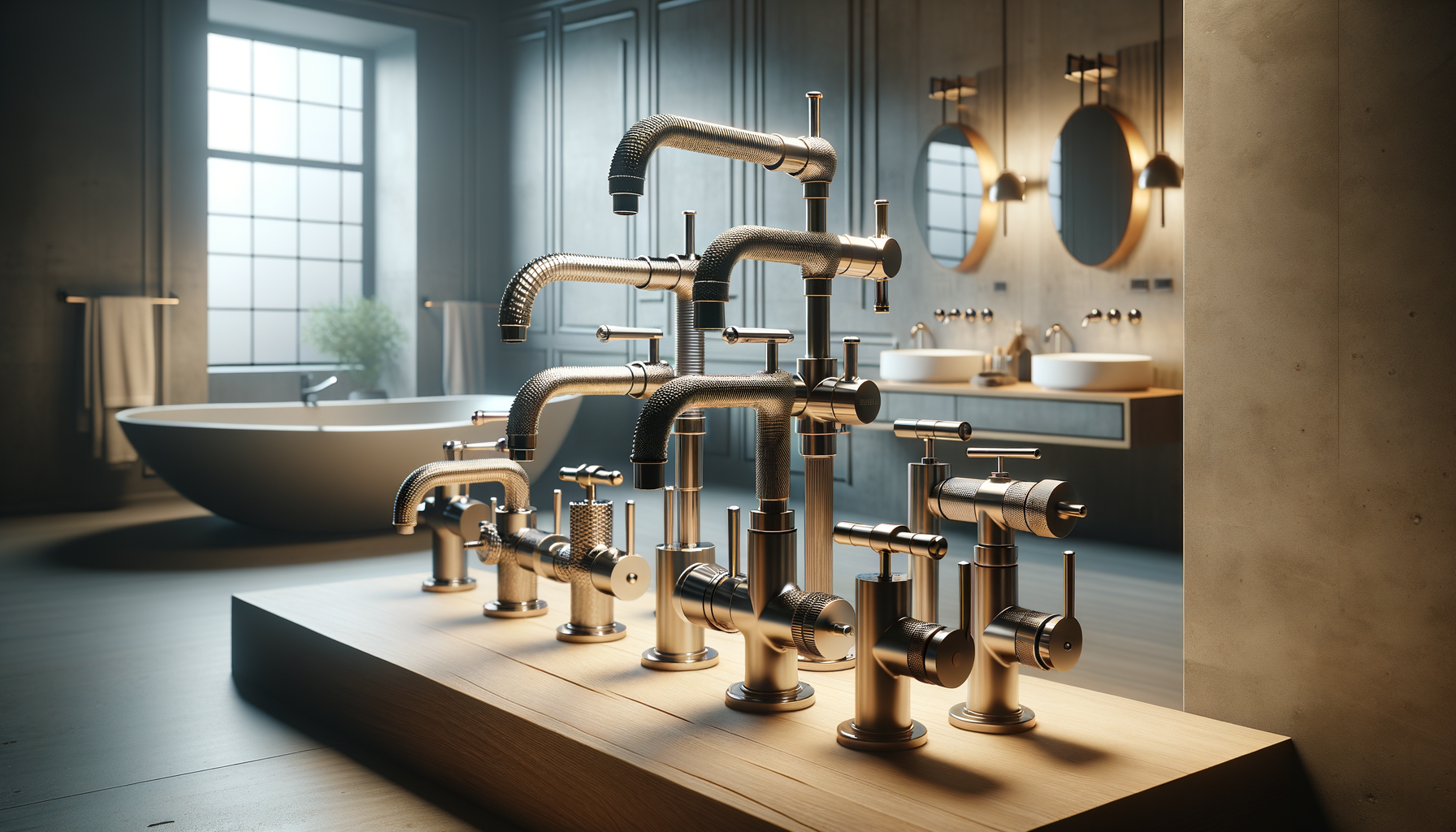The Evolution of Bathroom Faucet Designs
Bathroom faucets have come a long way from their basic utilitarian origins. Over the years, they have evolved into stylish components that enhance the aesthetic appeal of bathrooms. Initially, faucets were simple, straightforward devices designed solely for controlling water flow. However, as interior design trends have shifted, so too have the designs of bathroom faucets. Today, they are available in a myriad of styles, finishes, and functionalities, catering to diverse tastes and preferences.
The transformation of faucet designs is largely driven by advancements in technology and materials. The introduction of durable and versatile materials like stainless steel and brass has allowed designers to experiment with different shapes and finishes. Furthermore, the integration of technology has led to the creation of touchless faucets, which offer convenience and hygiene benefits. These innovations reflect a broader trend towards modernity and efficiency in home design.
As consumers become more design-conscious, the demand for aesthetically pleasing and functional bathroom fixtures has increased. This shift has prompted manufacturers to produce faucets that are not only practical but also serve as statement pieces in bathroom decor. The result is a market flooded with options ranging from vintage-inspired designs to sleek, contemporary models.
Materials and Finishes: A World of Choices
The choice of material and finish is crucial in determining the overall look and durability of a bathroom faucet. Common materials include brass, stainless steel, and zinc alloys, each offering distinct advantages. Brass is renowned for its durability and resistance to corrosion, making it a popular choice for high-quality faucets. Stainless steel, on the other hand, is valued for its sleek appearance and ease of maintenance.
Finishes play a significant role in the aesthetic appeal of faucets. Options range from polished chrome and brushed nickel to oil-rubbed bronze and matte black. Each finish offers a unique look and feel, allowing homeowners to customize their bathroom spaces to reflect their personal style. For instance, polished chrome provides a classic, shiny appearance, while matte black offers a modern, understated elegance.
When selecting a finish, it’s important to consider factors such as maintenance and compatibility with other bathroom fixtures. Some finishes require more upkeep to maintain their appearance, while others might be more resistant to fingerprints and water spots. Ultimately, the choice of material and finish should align with the overall design theme of the bathroom.
Innovative Features and Technologies
Modern bathroom faucets are not just about aesthetics; they also incorporate innovative features that enhance functionality and user experience. One notable advancement is the advent of touchless faucets, which use motion sensors to activate water flow. This technology offers convenience and hygiene benefits, as it reduces the need for physical contact with the faucet handles.
Another popular feature is the inclusion of water-saving technologies. Many contemporary faucets are designed to conserve water without compromising performance. Features such as aerators and flow restrictors help reduce water usage, making them environmentally friendly and cost-effective solutions for homeowners.
Additionally, some faucets come with temperature control mechanisms, allowing users to preset their preferred water temperature. This feature not only enhances comfort but also adds a layer of safety, especially in households with children. These innovations highlight the ongoing efforts to create faucets that are not only visually appealing but also highly functional and efficient.
Design Styles: From Traditional to Contemporary
The design style of a bathroom faucet can significantly impact the overall ambiance of the space. Traditional faucets often feature elaborate details and curves, evoking a sense of timeless elegance. These designs are ideal for classic or vintage-themed bathrooms, where they can complement other ornate fixtures and decor elements.
In contrast, contemporary faucets are characterized by clean lines and minimalist designs. They often incorporate geometric shapes and are available in a variety of finishes, making them suitable for modern and transitional bathroom styles. The simplicity of contemporary designs allows them to blend seamlessly with a wide range of bathroom decors.
For those seeking a unique touch, industrial-style faucets offer a bold, edgy aesthetic. Inspired by the utilitarian designs of factories and warehouses, these faucets often feature exposed pipes and raw finishes. They are perfect for creating a statement in eclectic or loft-style bathrooms.
Choosing the Right Faucet for Your Bathroom
Selecting the right bathroom faucet involves more than just picking a design that appeals to you. It’s essential to consider factors such as the size and layout of your bathroom, the existing plumbing setup, and your personal preferences regarding functionality and style. Begin by assessing the overall design theme of your bathroom and determine which faucet style will complement it best.
Consider the type of sink you have, as this will influence the faucet configuration you choose. For instance, a wall-mounted faucet may be ideal for a vessel sink, while a deck-mounted faucet might suit a traditional sink better. Additionally, factor in the height and reach of the spout to ensure it provides adequate clearance and coverage for your sink.
Lastly, evaluate your budget and prioritize features that are most important to you, such as water-saving capabilities or touchless operation. By carefully considering these aspects, you can select a faucet that not only enhances the functionality of your bathroom but also adds to its visual appeal.




Leave a Reply